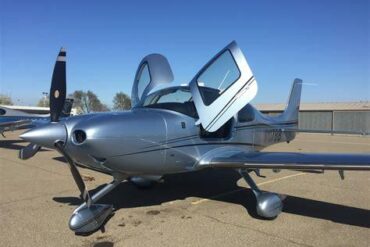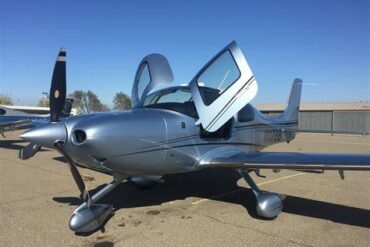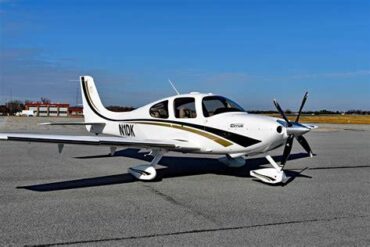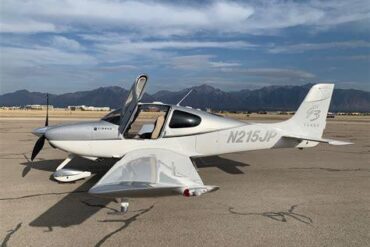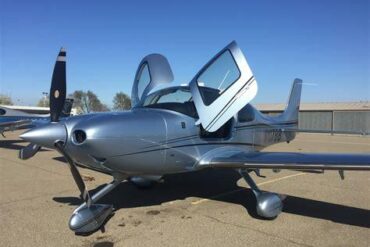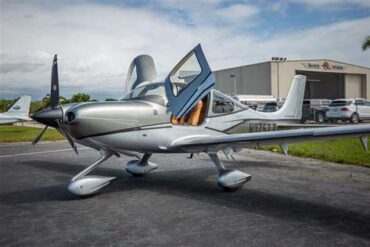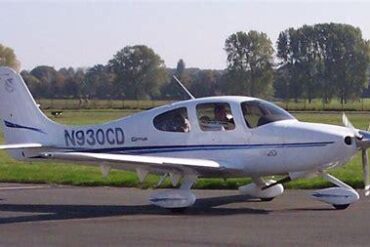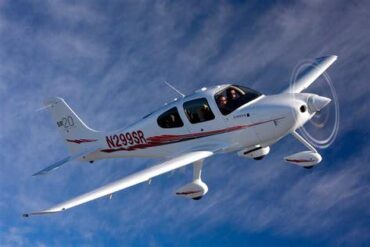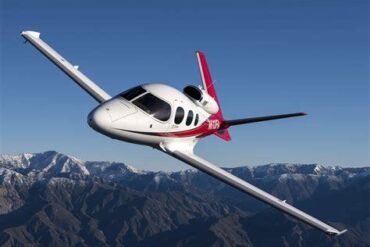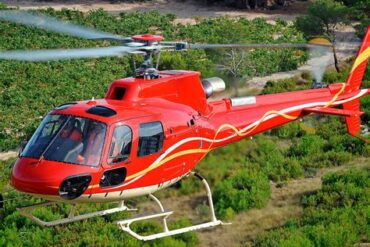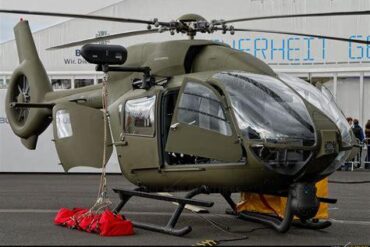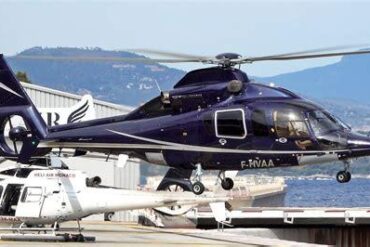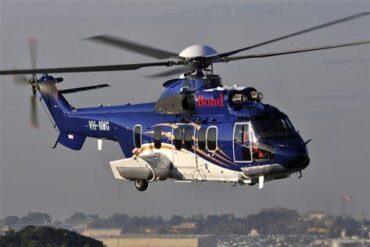The Cirrus SR22-G3 Turbo is one of the most celebrated aircraft in the general aviation sector, known for its advanced technology, performance, and luxury. However, potential buyers must consider both the initial purchase price and the ongoing operating costs associated with owning such a sophisticated machine. In this article, we will delve into the costs associated with purchasing the SR22-G3 Turbo, as well as the detailed breakdown of its operating expenses, ensuring you have a comprehensive understanding before making an investment.
Purchase Price of the Cirrus SR22-G3 Turbo
When it comes to acquiring a Cirrus SR22-G3 Turbo, the initial purchase price is a significant factor. The price of a new Cirrus SR22-G3 Turbo typically falls within the range of $800,000 to $1 million, depending on the options and configurations selected. However, the market for pre-owned aircraft offers a broad spectrum of pricing, influenced by factors such as the aircraft’s age, condition, and installed avionics.
Factors Influencing Purchase Price
-
Year of Manufacture: Newer models generally command higher prices due to their modern avionics, enhanced safety features, and lower airframe hours.
-
Installed Options: Features like air-conditioning, upgraded avionics (e.g., Garmin Perspective Plus), and advanced safety systems (e.g., Cirrus Airframe Parachute System) can significantly raise the purchase price.
-
Market Conditions: Aircraft prices can fluctuate based on market demand, availability, and economic factors, making timing a crucial aspect of the purchase.
Operating Costs Breakdown
While the purchase price is a one-time investment, operating costs are ongoing and can accumulate over time. Understanding these costs is essential for budgeting and maintaining financial stability as an aircraft owner.
Fuel Costs
Fuel is one of the most substantial operating expenses for the Cirrus SR22-G3 Turbo. This aircraft is equipped with a Continental TSIO-550-K turbocharged engine, which is capable of producing 310 horsepower. On average, the SR22-G3 Turbo consumes approximately 18-20 gallons of fuel per hour during cruise, with fuel prices varying by region but averaging around $5.00 to $6.00 per gallon. Therefore, the hourly fuel cost ranges from $90 to $120.
Maintenance and Inspections
Regular maintenance is vital to ensure the safe and efficient operation of the SR22-G3 Turbo. The aircraft requires scheduled inspections every 50 hours, known as oil changes, and more extensive annual inspections that include a thorough examination of the airframe, engine, and avionics systems.
-
50-Hour Inspection: Costs approximately $300 to $500 depending on the service provider and the condition of the aircraft.
-
Annual Inspection: Can range from $2,000 to $4,000, depending on any additional repairs or part replacements required during the inspection.
Insurance
A crucial aspect of operating an aircraft is insurance. The cost of insuring a Cirrus SR22-G3 Turbo can vary significantly based on factors like pilot experience, location, and coverage level. On average, owners can expect to pay between $3,000 to $5,000 per year for comprehensive coverage that includes hull and liability insurance.
Hangar Fees
Storing the aircraft in a hangar is essential to protect it from the elements and prolong its lifespan. Hangar fees can vary widely depending on the location and the type of facility. In the United States, hangar rental costs typically range from $300 to $1,000 per month, with higher prices in urban areas or at busy airports.
Depreciation
Depreciation is an often-overlooked cost, but it can significantly impact the long-term financials of aircraft ownership. The Cirrus SR22-G3 Turbo, like all aircraft, depreciates over time. However, Cirrus aircraft are known to retain their value relatively well compared to other general aviation aircraft. Annual depreciation can range from 5% to 10% of the aircraft’s value, depending on factors such as market conditions, aircraft condition, and technological obsolescence.
Engine Reserve
The engine in the SR22-G3 Turbo has a Time Between Overhaul (TBO) of approximately 2,000 hours. To plan for the future cost of overhauling or replacing the engine, owners typically set aside a reserve. The estimated cost for an engine overhaul ranges from $40,000 to $50,000, which translates to a reserve cost of about $20 to $25 per flight hour.
Miscellaneous Costs
Other operational expenses include:
-
Landing Fees: Some airports charge landing fees, which can range from $10 to $50 depending on the airport size and location.
-
NavData and Chart Subscriptions: Keeping the avionics updated with the latest navigation data and charts can cost between $500 to $1,000 per year.
-
Aircraft Cleaning and Detailing: Maintaining the aesthetic appeal and cleanliness of the aircraft can incur costs of about $1,000 to $2,000 annually.
Total Annual Operating Costs
To give a more comprehensive view, let’s summarize the potential annual operating costs for a Cirrus SR22-G3 Turbo, assuming 100 flight hours per year:
| Expense Category | Estimated Cost (Annual) |
|---|---|
| Fuel | $9,000 – $12,000 |
| Maintenance | $2,500 – $5,000 |
| Insurance | $3,000 – $5,000 |
| Hangar Fees | $3,600 – $12,000 |
| Depreciation | $40,000 – $100,000 |
| Engine Reserve | $2,000 – $2,500 |
| Miscellaneous | $1,500 – $3,000 |
| Total | $61,600 – $139,500 |
These figures offer a general range, but actual costs can vary based on specific circumstances. It’s important for potential owners to factor in all these variables when considering the total cost of ownership.
Conclusion
The Cirrus SR22-G3 Turbo is undoubtedly a premier choice for those seeking a high-performance, technologically advanced aircraft. While the initial purchase price is a significant investment, the ongoing operating costs should not be underestimated. By understanding these costs in detail, prospective owners can make informed decisions and enjoy the unparalleled experience that comes with owning and flying a Cirrus SR22-G3 Turbo. Proper budgeting and financial planning are essential to ensure that the ownership experience is as smooth and enjoyable as the aircraft itself.

